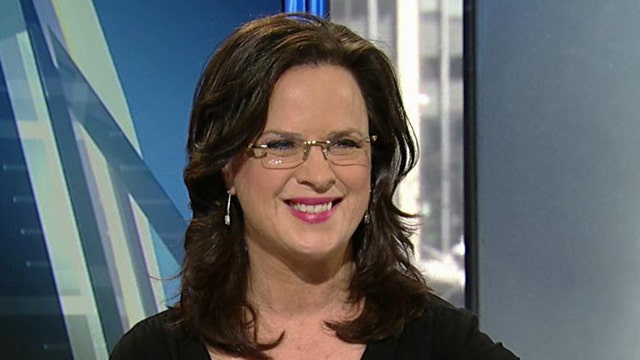Equity Fund Inflows Hit Dotcom-Era Levels
Equity mutual fund inflows totaled a whopping $20.7 billion for January alone, the largest amount since April 2000, and when you factor in both stock mutual and exchange-traded funds, the total is $34.2 billion.
That's the best performance recorded since January 1996, “long before Alan Greenspan issued his famous warning about the dotcom economy suffering from ‘irrational exuberance,’” says Alpha Now, based on data from Lipper, both divisions of Thomson-Reuters.
January is the first monthly close that saw 18 global markets finish above their 20-month moving average, says Greg Schnell at StockCharts.com. Schnell adds that “when the entire world got above the 20-month” monthly average in 2003, “it confirmed the global push higher and lasted four years. In 2009, it did it again, but the surge only lasted into 2010 when the Shanghai started weakening.”
When the entire world is trying to rally together, it can mark a very bullish trend indeed.
Upbeat U.S. economic reports underpinned the gains, on job-growth, manufacturing, consumer-sentiment and construction spending. Markets are also “responding to signs of improvement in the global economy, and in particular to improvement in purchasing managers’ indices in China, the United States and the euro zone,” notes Alpha Now.
The Dow Jones Industrial Average advanced 113.81, or 0.8%, to 14009.79 last week, exceeding 14000 for the first time since October 2007. The blue-chip index is 155 points from breaking its record close. The S&P 500 closed at 1513.17, up 0.7%, for the week.
Stocks have room to rise, since they’re cheap relative to their October 2007 peak.
“At the 2007 top, the forward P/E of the S&P 500 was 15.1,” notes economist Ed Yardeni. “On Friday, it was 13.4.” He adds: “If the P/E were to rise to 14 today, the S&P 500 would rise to 1600. A P/E of 15 would put the S&P 500 at 1700. It could happen before the middle of the year.”
Alpha Now notes that equity funds had returned 4.68% for the month of January 30, according to Lipper data, “while month-to-date purchases of all kinds of funds hit $51.7 billion:”
And “exchange-traded funds (ETFs) joined the party for the first time in the last three weeks during the just-ended period, pulling in some $6.9 billion in assets,” says Alpha Now. “SPDR S&P 500 ETF, after suffering three weeks of outflows, took in the largest net inflows among the ETF universe for the week, reporting $4.6 billion of inflows. Meanwhile, the Select Sector Energy SPDR and iShares: MSCI USA Minimum Volatility Index ETF followed behind, with inflows of $400 million and $300 million, respectively.”
While Yardeni says that “Goldilocks is back in the market” and “all bears have left the building,” he is worried about a fragile “melt-up” that could zoom the S&P 500 to his year-end target of 1665 even “before the middle of the year.”
But that, too, could signal a return of irrational exuberance overpowering “stronger-than-expected economic growth,” he warns.
What could set the bull run back on its heels? A nasty correction during the second half of the year if “Fed officials are increasingly alarmed that they are doing it again...pumping air into another stock market bubble,” Yardeni says. “If stocks do continue to melt up, then the meltdown will probably start when investors start to anticipate the end of quantitative easing.”
Still, due to the uptick in the jobless rate to 7.9%, the Fed will likely continue buying $85 billion a month in Treasury and mortgage-related securities, Yardeni says.
As FOX Business reported two weeks ago, the Fed’s balance sheet is set to break the $3 trillion mark for the first time ever by the end of this month. It rose $186.5 billion to a massive $2.95 trillion, more than triple its $865.9 billion balance sheet reported during the week of September 3, 2008, “just before Lehman hit the fan,” notes Yardeni.
For now, the bull run won’t be hindered by a Fed pullback, as the Fed’s forecasted inflation measure one and two years out is still a half a percentage point above its 2% long run goal, so “longer-term inflation expectations continue to be well anchored,” meaning, continued monetary easing into 2014 and 2015, Yardeni says.
